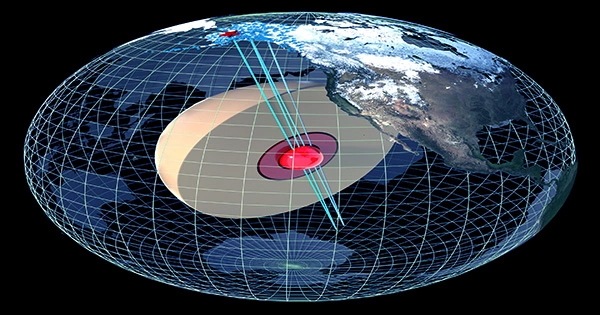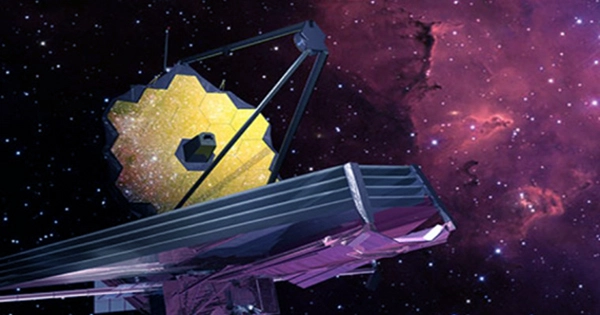University of Michigan simulations have shown that a laser pulse that is surfing in the aftermath of an electron beam pulse may upshift from visible to extremely ultraviolet light.
The method might make it possible to produce high-energy laser light more effectively—possibly even to X-rays. The frequency of the illumination increased up to ten times in the 3D simulation and up to fifty times in the 1D simulation. The researchers claim that it is theoretically feasible to keep increasing the energy of the laser pulse by lengthening the duration it can follow the electron beam.
Future lasers might be able to make higher energy pulses more effectively by utilizing this effect, according to Alec Thomas, a professor of nuclear engineering and radiological sciences at the University of Michigan and corresponding author of the research published in Physical Review Letters.
Extreme ultraviolet radiation can be produced by simply increasing the frequency by a factor of ten. This technique also preserves the coherence, or alignment of the waves in the original laser pulse. Additionally, as the frequency increases, the energy of the pulse increases as well, allowing for maximal powers of up to 100 trillion watts.
For a fleeting quadrillionth of a second, this is more than the output of all electrical generation capability in the globe. The researchers want to wait until they can confirm the finding with experiments before estimating how much energy this phenomenon might save in semiconductor manufacturing and laser physics laboratories.
Start with a brief electron discharge that is moving nearly at the speed of light. A gas is torn apart or ionized as they pass through it, producing plasma, a state of matter where electrons are lifted off their atoms. The dense, positively charged ions are stationary with respect to the electron pulse, but the free electrons create a wake in its aftermath.
First author Ryan Sandberg, a University of Michigan alumnus in applied and interdisciplinary mathematics and scientific computing who is currently a research associate at Lawrence Berkeley National Laboratory compared it to a motorboat flying through the water while pushing the water behind it. “The laser pulse is very similar to someone sitting behind the motorboat attempting to surf this wake,” the author said of the electron pulse.
The first surge of free electrons following the electron beam, which sits just in front of the wakesurfing laser pulse, will absorb energy from the wake. This occurs because the boundary between an area with a relatively high density of loose electrons and one where they are largely missing causes the laser light to move differently on either side. The laser pulse shifts to a higher and more energetic frequency of light as soon as the light waves leave the loose electrons because the peaks and dips are closer together.
Researchers from the University of California, Los Angeles and the Los Alamos National Laboratory were the first to foresee this phenomenon in 1989, but at the time, they believed that only a 10% upshift was possible before the laser pulse lost its position on the plasma wake. The Californian team hypothesized that the pulse could continue to gain energy, even by a factor of ten, if it was possible to maintain the light on that boundary between the area with electrons and the area without them.
The Michigan squad devised a fresh strategy to accomplish that more than 30 years later. The problem is that the laser pulse and the electron beam are traveling at different speeds; the light is being marginally slowed down by the plasma even though it is gaining energy. The boundary must also move rearward in relation to the electron beam in order to maintain the laser pulse in the proper location.
To do this, Sandberg and Thomas suggest changing the density of the gas the electron beam passes through. The wake stretches farther behind the electron beam as the gas loses density.
Ryan was able to achieve frequency upshifts that were one hundred times greater than anything else, Thomas said. The Stanford Linear Accelerator Center and, in the future, the ZEUS laser facility at the University of Michigan are two facilities where Sandberg and Thomas believe this technique can be used to boost frequency by a factor of ten. In theory, they believe that the light’s wavelength will continue to shorten and move toward higher energies and frequencies as long as it remains on the border.












